Shochu, pronounced shōchū, is Japan’s national distilled beverage. As you learn more about the drink, you’ll discover that one of the varieties of shochu is barley-based. Malted barley, of course, is also the main ingredient in your favorite malt whisky. Does this mean barley shochu is the Japanese version of whisky? Let’s think it through. The kneejerk answer is: of course not, we already have Japanese whisky, and it’s great!
On the other hand, if you get into the details, you’ll find that barley shochu and whisky actually do have a lot in common. Let’s put them side-by-side and see what’s going on.
What is Whisky?
You probably already know, but let’s reconfirm. Enjoyed worldwide, whisky is a distilled beverage that’s fermented from the mash of usually malted grains. Grains is obviously a pretty broad term, but most whisky uses rye, corn, or malted barley.
Our concern for this article is the barley-based ones. In the US, you’re allowed to call your whisky a “malt whisky” if it uses at least 51% malted barley. Single malt whisky generally refers to whisky that’s distilled at a single distillery. Scotch whisky has an even stricter definition that includes requirements for specific ingredients, length of aging, the wood used for the barrels, and more.
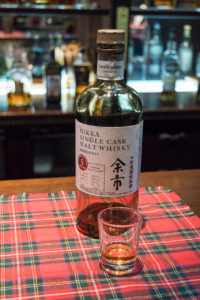
What is Shochu?
Glad you asked! In Japan, domestic consumption of shochu surpassed domestic consumption of sake back in 2003. It’s popular here! Shochu, Japan’s national distilled beverage, has two legal categories:
- Otsurui or “Honkaku” shochu is single-distilled in a pot still and bottled at 45% abv or less, using koji mold and grain or potatoes, and optionally some 49 other ingredients. Honkaku roughly translates as “serious,” as this is the centuries-old way of making shochu. Since it’s distilled only once, you retain a lot of the congeners of the ingredients.
- Kourui shochu is continuous-distilled and bottled at 36% abv or less. The continuous distillation produces a lighter beverage that eliminates most aromas and flavors of the original ingredients, making it closer to a vodka. As a result this is the shochu that forms the basis of most whatever-hai drinks you get an in izakaya. Despite “chuhai” being short for “shochu highball,” most of the chuhai we see uses vodka instead.
Clearly, honkaku shochu is a better place to look for our comparison. But 49 ingredients?? What the heck does that mean? While barley is certainly one of them, many are far more exotic than most people are willing to even attempt: milk, sunflower seeds, onion, hyacinth, and even cactus, for example. Manufacturers generally stick to the old staples of rice, potato, or barley though. We’ll keep with the barley.
With the above definitions in mind, next let’s see behind the scenes, at how both barley shochu and malt whisky are made.
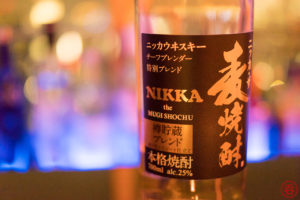
Step 0: Get barley (barley shochu and malt whisky)
Both beverages start with the same main ingredient: barley. More specifically, it’s two-row barley.
 Step 1A: Malt the barley (whisky only)
Step 1A: Malt the barley (whisky only)
While many whisky makers purchase pre-malted (i.e. partially germinated, then dried) barley, many also handle malting of the whisky themselves, often using a floor malting. Some even use peat as fuel for fires used to dry the malt. Either way, this process releases enzymes like α-amylases and proteases, enzymes which allow saccharization to occur — that’s the process of turning starches turn into glucose. Without this sugar, the yeast has nothing to eat, so you wouldn’t get any alcohol in the following steps. That malted barley is then milled down and goes through further extraction of sugars in a mash tun.
Step 1B: Make koji (shochu only)
Malting is not used when making shochu! This is our first significant difference between the two beverages. Why not? Don’t we need those enzymes?
Shochu makers take a different approach. Instead of malting the barley, after a good washing, the barley is steamed then sprinkled with koji spores (one of three varieties). That’s left to sit for a good 40 hours or so. More mold grows and the result is called barley koji. That koji is what helps performs the saccharization of barley in shochu.
If you’re familiar with making sake, that’s probably not a new process to you. The difference of course is that, in sake, you put the koji spores on rice instead of barley. That’s called rice koji.
Japanese law doesn’t dictate any particular percentage of barley koji required for barley shochu. This means that a maker could use only rice koji and still call it a barley shochu! That said, most barley shochu makers use two-thirds barley koji and one-third rice koji.
Koji is technically a mold. Drinking mold may sound nasty… so let’s instead just think of it as a “fermentation starter.” Making koji is also one step of making soy sauce and miso.
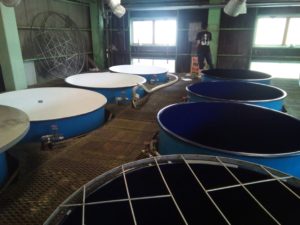
Step 2: Fermentation
Now that we have our barley fully saccharized (whether via malting or koji)–a wort if you prefer–we’re ready to begin fermentation.
When making whisky, this is done just once, in a washback, over the course of a few days. You end up with a 5-7% abv “beer” called a wash.
But when making shochu it’s a bit more complicated. It’s our next big difference. For shochu we have two steps: a first fermentation and a second fermentation. The goal of the first fermentation is solely to let that koji continue its saccharization and letting the yeast grow; it’s added at this step. And grow it does! After five 5 days, there’s an estimated 200-300 million yeast cells per cubic ml at this stage.
The second fermentation, which takes 1-2 weeks, introduces the actual ingredients of the shochu in question. In our case, that’s barley. This barley is processed beforehand to help the yeast do their job and convert that glucose into alcohol. The end result of barley shochu’s two-step process is a much stronger “moromi” at 14-20% abv, since it’s been fermenting for a significantly longer time.
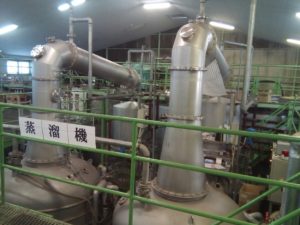
Step 3: Distillation
The center of attention of any distilled beverage is of course the distillation itself. In the world of whisky you’ll find both maker and connoisseur combing over every imaginable aspect of the distillation, ranging from making sure the still doesn’t explode to the position and number of dents the still has after years of use.
As a historically more working-class beverage, it’s rare to see people going into that level of detail for barley shochu. Conceptually though we’re doing the exact same thing here for shochu.
In whisky, we start by distilling that 5-7% abv beer to get a “low wine” of 20-40% abv. The low wine is distilled once again in a separate still, yielding a new make whisky of 60-70% abv. Usually you use a pot still for both distillations, and they’re often made of copper.
But with shochu? Keep in mind our moromi is already quite strong at 14-20% abv. Also remember Japanese law says we can’t distill it so the end result is above 45% abv. If we did that, it would be classified as a “liquor,” the tax basically doubles, and we even need a different license. The result is that honkaku shochu is distilled only once. While it starts at around 70% abv, as the still keeps running, the alcohol inside is reduced so you should end up with 40-45% abv by the end of the run. While pot stills are also used in shochu distillation, they’re typically made of steel rather than copper.
Next, the paths of our two drinks diverge.
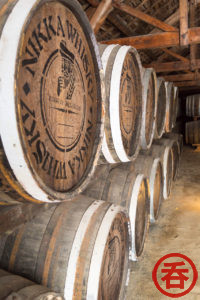
Step 4: Aging
I don’t need to remind you that aging is a very big deal for a lot of whisky drinkers. That’s entirely justified — science has proven that spirits change at a chemical level by spending time in a wooden cask. What happens when you age it for 15 years instead of 10? Or use a different wood? Or age it next to the ocean? How about in the ocean? Or char the barrel? Makers have done plenty of experimentation already, and they are constantly finding new ways to shake things up in terms of aging. The whisky drinking public is very willing to pay a significant premium for whisky that’s spent a longer time in a barrel.
While shochu is “aged,” this typically happens in stainless steel tanks and has no impact to the flavor profile. The aging is solely to allow some of the oxidizing oils to float to the top of the tank for easier removal, delivering a more consistent flavor. Some other kinds of shochu are aged in urns, which while it may have a slight impact on the flavor, aroma, or color, it’s negligible when compared what a wooden cask does to a spirit.
With barley shochu, we start in a similar place as malt whisky. What happens if we end in the same place? Cask-aged barley shochu does exist, but it’s still quite rare.
There’s a brick wall here codified into Japanese law: shochu cannot be amber! “Amber” is defined by law as an absorbance of A>0.08 at 430nm and 480nm. No, I don’t really know what that means either, but if you ever find a barley shochu as amber as decently aged whisky, let me know. This law supposedly exists to assure that shochu isn’t confused with other aged spirits (whisky, brandy, rum etc.)
The longest cask aging you’ll see on a barley shochu is usually a handful months — if it’s cask aged at all. While it might be possible to filter after aging and reduce the amber, that’s not something we’ve seen shochu makers try. Instead, they’re simply not aging shochu for very long. Or they pay the tax, and charge customers for a premium shochu.
Here’s a handy table to summarize!
Malt Whisky |
Barley Shochu |
|
| Ingredients | Two-row barley, yeast, water | Two-row barley, yeast, water |
| Saccharization | Malting | Barley koji and/or rice koji |
| Fermentation | Add yeast and ferment once for 48-60 hours | Add yeast and ferment only the koji for 5 days, then ferment again for 1-2 weeks by adding more barley |
| Wash/Moromi | 4-7% abv | 14-20% abv |
| Distillation | Distill twice to 60-70% abv | Distill once to 45% abv or less |
| Aging | Age in some kind of cask, probably oak, for at least a few years | Age in a stainless tank for 60+ days |
Hi there! I created and run nomunication.jp. I’ve lived in Tokyo since 2008, and I am a certified Shochu Kikisake-shi/Shochu Sommelier (焼酎唎酒師), Cocktail Professor (カクテル検定1級), and I hold Whisky Kentei Levels 3 and JW (ウイスキー検定3級・JW級). I also sit on the Executive Committees for the Tokyo Whisky & Spirits Competition and Japanese Whisky Day. Click here for more details about me and this site. Kampai!

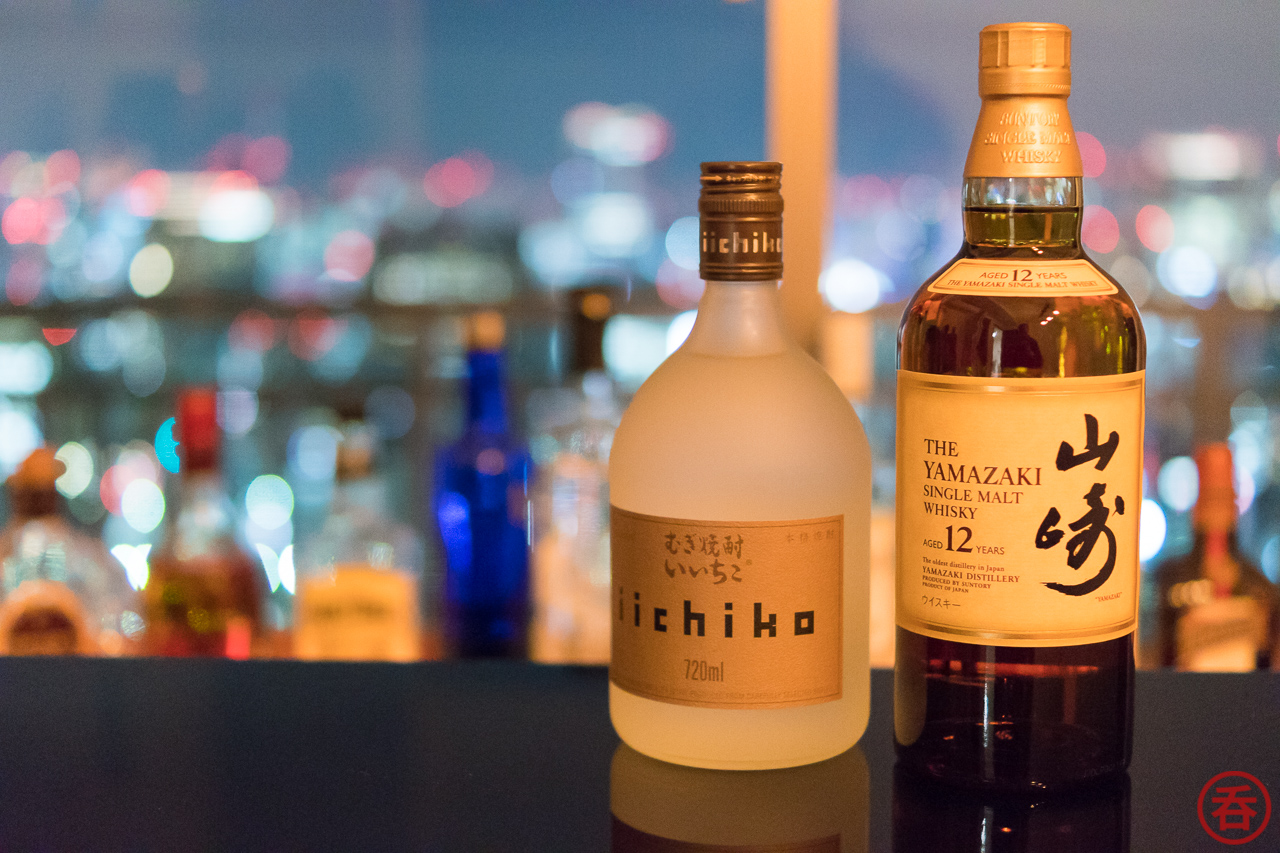
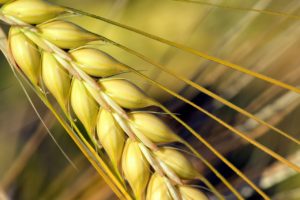


Hi Richard,
Great article that I only just now stumbled upon after the question came up on FB.
If I may, I would only suggest clearing up the distillation process regarding shochu.
“Kourui shochu is continuous-distilled to 36% abv or less.”
–> this should probably say “bottled” at 36% or less, as the column distillation actually goes much higher to about 95% abv (at which point water is added to bring it down). This explains why it is lighter in flavour.
Cheers,
Didier
Hi Didier,
Good catch! I have corrected this. Thanks!
Hi Richard,
I manage a liquor store in Texas, US and I just found your website to be so informative to the Japanese whisky market!
Looking this over, I just had one question for you. What’s the difference, in the end product, of Shochu vs malted barley whisky? Is there a noticeable taste distinction? In that case, does Shochu, on average, taste worse than malted barley? I guess what I’m trying to say, why would a consumer “care” if what they are drinking is a Shochu from koji fermentation vs a whisky from malting barley? Is the end result so drastically different that Japanese Whiskys who hide the fact they are Shochus are, then, inferior to the “real” ones?
Thank you,
Ryan
Hi Ryan, thanks for your comment! It’s an excellent question, and something others are talking about as they are trying to clearly define the Japanese whisky standard.
If you were to take both liquids off their respective stills and age them under the same conditions, I think most people would be very hard-pressed to notice any difference. Being only single-distilled, shochu initially has stronger undertones of the ingredients that go into it. But realistically, if it spends X years in a cask like whisky, then I would call the difference “subtle” rather than “drastic.” The number I’ve heard thrown around is 80% — 80% of the aroma/flavor of whisky comes from the cask. Which is to say even if you use un-malted barley and a different saccharization method, the cask still gets you 80% of the way to whisky-standard flavors.
While not barley shochu, I have reviewed a bottle of rice shochu that uses stuff aged for 12-30 years in a cask. Despite being rice-based, it definitely tasted a helluva lot like whisky.
https://www.nomunication.jp/2018/05/24/review-tarusky-premium-blend-12-year-cask-aged-shochu/
Hi,
Great article. Just picked up a 13 year old barrel aged Shochu in Tokyo. Den-en brand.
Amber but not very deep. White wine yellow-amber in colour.
https://iyec.omni7.jp/detail/4966761073805